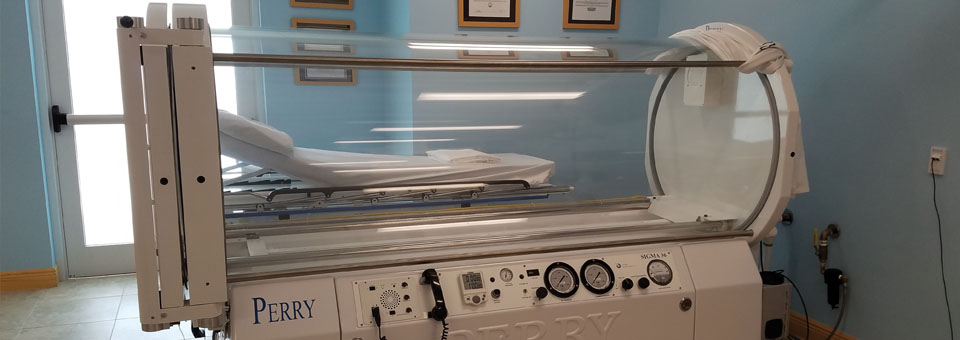A military veteran who lives right up the road from me here in Florida found relief from his devastating migraines using a breakthrough therapy. I’m sharing his story with the hope it can also help you…

Debilitating migraines kept one Navy sailor from serving his country. But a breakthrough therapy turned his life around.
Miguel Bermudez-Gonzalez’s dream to join the U.S. Navy came true when he was assigned to serve aboard the USS Juan.
But his dream turned into a nightmare when paralyzing migraines kept him from serving his county — and confined to his bed.
That is until a cutting-edge therapy stopped his headaches — and turned his life around.
Miguel was struck down with his first migraine in 1998. Each episode lasted for days and left him totally incapacitated.
By the end of the year, he’d spent a total of three months in bed, knocked out by pain pills. Eventually, he got a medical discharge from the Navy.
Over the next 16 years, Miguel saw several neurologists and was given countless prescriptions for pain meds.
Finally, a friend suggested an alternative therapy. Figuring he had nothing to lose, Miguel started this new treatment.
After six sessions, his pain decreased. After 15 sessions, Miguel stopped taking all of his meds.
Today, he’s completely pain-free.
Miguel was lucky he found a docto
r who believed in regenerative medicine. Because modern science knows very little about what causes migraines. Most doctors focus on triggers that bring on these debilitating headaches. Triggers for migraines include processed foods, caffeine and sugar; artificial sweeteners; too little sleep; stress and hormones.But most doctors still know almost nothing about the No. 1 trigger of migraine headaches — a lack of oxygen reaching the brain.
Research shows that in migraines there’s a shortage of blood flow to the brain. Veins around your brain swell up and increase pressure.
But getting pure oxygen to your brain relieves this pressure — and the pain. Researchers found that 76% of migraine patients who used oxygen therapy found relief from their migraines.
In addition, they found HBOT significantly relieved migraines compared to a placebo therapy.1
It worked for Miguel, and it can work for you.
You’ve heard me talk about HBOT before… I’ve used HBOT to treat patients at the Sears Institute for Anti-Aging Medicine with great success. And numerous studies back up the success I’ve had. In addition to treating migraines, research has found that HBOT can:
- Help stroke survivors regain movement following paralysis2
- Revive “dead” brain cells in patients with Alzheimer’s and dementia3
- Reduce blood glucose levels in diabetics4
- Eliminate joint pain and inflammation in arthritis patients5
- Ease tinnitus symptoms by 50%6
HBOT is simply breathing in 100% oxygen under higher pressure than we have normally in the air. Each session floods your entire bloodstream with oxygen. It triggers your body’s natural healing process.
You see, every cell in your body “breathes” oxygen. When you don’t get enough oxygen, cell metabolism drags. DNA repair slows down. Your immune system becomes sluggish. You start to become tired or short of breath. And you end up with a migraine.
I use hyperbaric oxygen therapy every day at the Sears Institute for Anti-Aging Medicine. During an HBOT session, you sit or recline comfortably in a pressurized chamber. And you breathe in 100% oxygen through a mask. You can listen to music, watch a movie or simply relax.
A typical HBOT session lasts 45 minutes to two hours. Treatments are repeated, depending on the condition, anywhere from five to 40 times.
If you want more information about HBOT and how it might help you, please contact my staff at 561-784-7852. They will be happy to explain it all to you.
If you can’t make it to South Florida, there are ways you can easily get more oxygen into your blood and brain at home.
2 Easy Ways to Boost Your Body’s Oxygen Intake
- Practice deep breathing. This is a sure-fire way to get the healing benefits of oxygen. It can be done sitting or lying down.
Just place your hands on your belly and feel it expand as you inhale. Then expand your breath into the sides of your lower chest, pushing your side ribs out.
Finally, lift your upper chest and let it fill with air. Exhale in the same order, from your abdomen to your ribs to your upper chest.
Start with 5 minutes a day and work up to 15 minutes. In no time at all, you’ll be boosting your oxygen throughout the day without even thinking.
- Boost oxygen with this herb. Rhodiola rosea is a golden flower that grows wild in high mountain ranges around the world. Tibetan Sherpas use rhodiola at high altitudes for energy, physical endurance and to protect against altitude sickness.
Modern research proves that rhodiola increases oxygen intake in the lungs and helps saturate the blood. This herb also stimulates red blood cell production to keep blood vessels healthy and growing.
Enjoy rhodiola in a tea, the way the Sherpas do. Or you can find it in capsule form. I recommend daily doses of 200 mg for the best effect.
To Your Good Health,

Al Sears, MD, CNS
References
1. Bennett MH, et al. “Normobaric and hyperbaric oxygen therapy for the treatment and prevention of migraine and cluster headache.” Cochrane Database Syst Rev. 2015;doi: 10.1002/14651858.CD005219.pub3.
2. Efrati S, et al. “Hyperbaric oxygen induces late neuroplasticity in post stroke patients —randomized, prospective trial.” PLOS One. 2013;8(1):e53716. 3. Xiao Y, et al. “Hyperbaric oxygen therapy for vascular dementia.” Cochrane Database Syst Rev. 2012;(7):CD009425.
4. Mwafor T. “Managing low blood glucose levels in patients undergoing hyperbaric oxygen therapy.” Ostomy Wound Manage. 2014;60(4):12-15.
5. Slade JB, et al. “Pain improvement in rheumatoid arthritis with hyperbaric oxygen: Report of three cases.” Undersea Hyperb Med. 2016;43(4):467-472.
6. Fattori B, et al. “Sudden hypoacusis treated with hyperbaric oxygen therapy: A controlled study.” Ear Nose Throat J. 2001;80(9):655-660.

